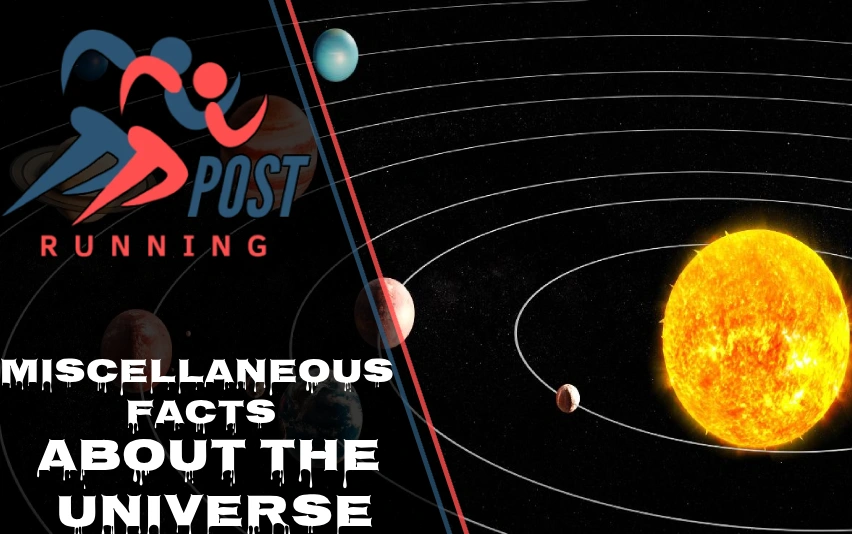Quantum physics, a cornerstone of modern science, is a fascinating field that explores the behavior of matter and energy at the tiniest scales imaginable. It’s a realm where the rules of everyday life break down, and particles can exist in multiple places at once or communicate instantly across vast distances. Let’s dive into this mind-bending world and uncover the secrets of quantum physics.
Introduction
Imagine shrinking down to the size of an atom. In this microscopic world, things don’t behave the way we’re used to. This is where quantum physics comes into play. It’s a fundamental theory that describes how things work at the atomic and subatomic levels. Unlike classical physics, which explains the behavior of large objects we can see and touch, quantum physics deals with the bizarre and counterintuitive nature of the universe at its smallest scales.
Quantum physics challenges our everyday understanding of reality. It’s led to groundbreaking technological advancements that have transformed our world, from the development of lasers and transistors to the promise of ultra-powerful quantum computers. As we explore this field, we’ll see how it’s not just a subject for scientists in labs – it’s a theory that impacts our daily lives in ways we might not even realize.
What is Quantum Physics?
At its core, quantum physics is the study of nature at its most basic level. It’s like peering through a super-powerful microscope to see how the building blocks of our universe behave. While classical physics works well for describing the motion of planets or the fall of an apple, it falls short when we zoom in to the world of atoms and subatomic particles.
Quantum physics explains phenomena that classical physics can’t account for, especially at the microscopic scale. It’s built on several key principles that sound more like science fiction than reality:
- Wave-particle duality: Particles can behave like waves, and waves can act like particles.
- Quantization of energy: Energy comes in discrete packets, or quanta, rather than continuous streams.
- Uncertainty principle: There’s a limit to how precisely we can measure certain pairs of properties, like position and momentum.
- Superposition: Quantum systems can exist in multiple states at once until they’re observed.
- Quantum entanglement: Particles can be connected in ways that defy our classical understanding of space and time.
These principles form the foundation of quantum physics, and they lead to some truly mind-bending consequences that we’re still trying to fully understand.
Historical Development
Early Foundations
The story of quantum physics begins at the turn of the 20th century. In 1900, Max Planck introduced a revolutionary idea: energy comes in discrete units called quanta. This concept was born out of his attempt to explain why hot objects glow with specific colors at different temperatures – a puzzle known as the “ultraviolet catastrophe.”
Five years later, in 1905, Albert Einstein built on Planck’s work to explain the photoelectric effect. Einstein proposed that light itself was quantized, consisting of particles we now call photons. This idea challenged the well-established wave theory of light and set the stage for the quantum revolution.
Quantum Revolution
The 1920s saw an explosion of ideas in quantum physics. A group of brilliant scientists, including Niels Bohr, Werner Heisenberg, and Erwin Schrödinger, developed the mathematical framework of quantum mechanics. Their work explained the structure of atoms and the behavior of electrons, laying the groundwork for our modern understanding of matter.
In 1925, Max Born, Werner Heisenberg, and Pascual Jordan published the first comprehensive theory of quantum mechanics. This marked the birth of quantum physics as a fully-fledged scientific discipline, capable of making precise predictions about the behavior of atoms and subatomic particles.
Key Figures in Quantum Physics
The development of quantum physics was a collaborative effort involving some of the greatest scientific minds of the 20th century. Here’s a quick look at some of the key players:
| Name | Contribution | Year |
|---|---|---|
| Max Planck | Discovered the quantum of action (Planck’s constant) | 1900 |
| Niels Bohr | Developed the quantum model of the atom | 1913 |
| Werner Heisenberg | Formulated the uncertainty principle | 1927 |
| Erwin Schrödinger | Developed wave mechanics | 1926 |
These scientists, along with many others, laid the foundation for our current understanding of quantum physics. Their work continues to inspire and guide researchers today as we push the boundaries of what’s possible in quantum science and technology.
Fundamental Concepts
Quantization
One of the most fundamental ideas in quantum physics is quantization. In the quantum world, certain physical quantities come in discrete units, like steps on a staircase, rather than smooth, continuous values. This is a big departure from classical physics, where quantities like energy or angular momentum can take on any value.
Imagine you’re filling a water balloon. In the classical world, you can add any amount of water you want. But in the quantum world, it’s as if you can only add water in fixed amounts – say, cupfuls. You can’t add half a cup or a quarter cup; it’s always whole units. This quantization is a key feature of the microscopic world and leads to many of the strange phenomena we observe in quantum physics.
Wave-Particle Duality
Another mind-bending concept in quantum physics is wave-particle duality. In our everyday experience, things are either particles (like marbles) or waves (like ripples on a pond). But in the quantum world, things can be both at the same time.
Light, for example, can behave like a wave, creating interference patterns, or like a particle, knocking electrons out of metals in the photoelectric effect. Even massive particles like electrons can exhibit wave-like properties. This dual nature is a fundamental aspect of quantum entities and challenges our classical intuitions about the nature of reality.
Uncertainty Principle
Heisenberg’s uncertainty principle is another cornerstone of quantum physics. It states that there are fundamental limits to how precisely we can measure certain pairs of physical properties at the same time. For example, the more accurately we measure a particle’s position, the less accurately we can know its momentum, and vice versa.
This isn’t just a limitation of our measuring instruments – it’s a fundamental property of nature itself. The uncertainty principle tells us that at the quantum level, the act of measurement itself affects the system being measured. This leads to some profound philosophical implications about the nature of reality and our ability to know it.
Superposition
Superposition is perhaps one of the most counterintuitive concepts in quantum physics. It suggests that quantum systems can exist in multiple states simultaneously until they’re observed or measured.
Think of Schrödinger’s famous cat thought experiment: a cat in a box is both alive and dead at the same time until we open the box to check. While this example is simplified, it illustrates the strange nature of superposition. In the quantum world, particles can be in multiple places or have multiple properties at once, only settling into a definite state when we observe them.
Applications of Quantum Physics
While quantum physics might seem abstract, it has led to numerous practical applications that impact our daily lives:
- Quantum computing: Harnessing the power of superposition and entanglement to perform calculations far beyond the capabilities of classical computers.
- Quantum cryptography: Using the principles of quantum mechanics to create unbreakable encryption methods.
- Quantum sensors: Developing ultra-sensitive devices for measuring gravity, magnetic fields, and other physical properties with unprecedented accuracy.
- Advanced materials design: Using quantum principles to create new materials with exotic properties, like superconductors or topological insulators.
- Precision measurement techniques: Applying quantum effects to improve the accuracy of atomic clocks, GPS systems, and other precision instruments.
These applications are just the tip of the iceberg. As our understanding of quantum physics grows, so too does our ability to harness its power for practical use.
Challenges and Ongoing Research
Despite its successes, quantum physics still faces significant challenges and unanswered questions:
Reconciling quantum mechanics with general relativity remains one of the biggest unsolved problems in physics. These two fundamental theories describe the universe at different scales, but they don’t play well together. Finding a unified theory of quantum gravity is a major goal of contemporary physics.
Developing practical quantum technologies is another ongoing challenge. While quantum computers and sensors show great promise, scaling them up to useful sizes while maintaining their quantum properties is a significant engineering hurdle.
Understanding quantum phenomena in larger systems is also an active area of research. As we push the boundaries of quantum physics to larger and more complex systems, we’re discovering new and unexpected behaviors that challenge our understanding of the quantum world.
Conclusion
Quantum physics continues to challenge our understanding of the universe while driving technological innovation. Its counterintuitive principles have revolutionized our view of reality at the smallest scales, and its applications promise to transform various fields of science and technology.
From the early days of Planck and Einstein to the cutting-edge research of today, quantum physics has consistently pushed the boundaries of our knowledge. It’s a field that reminds us of the wonder and mystery of the universe, showing us that reality is often stranger and more beautiful than we could have imagined.
As we continue to explore the quantum realm, we’re sure to uncover even more surprises and opportunities. The journey into quantum physics is far from over – in fact, it feels like we’re just getting started. Who knows what amazing discoveries and technologies the quantum future holds?
Discover more fascinating insights—explore Running Posts today.















